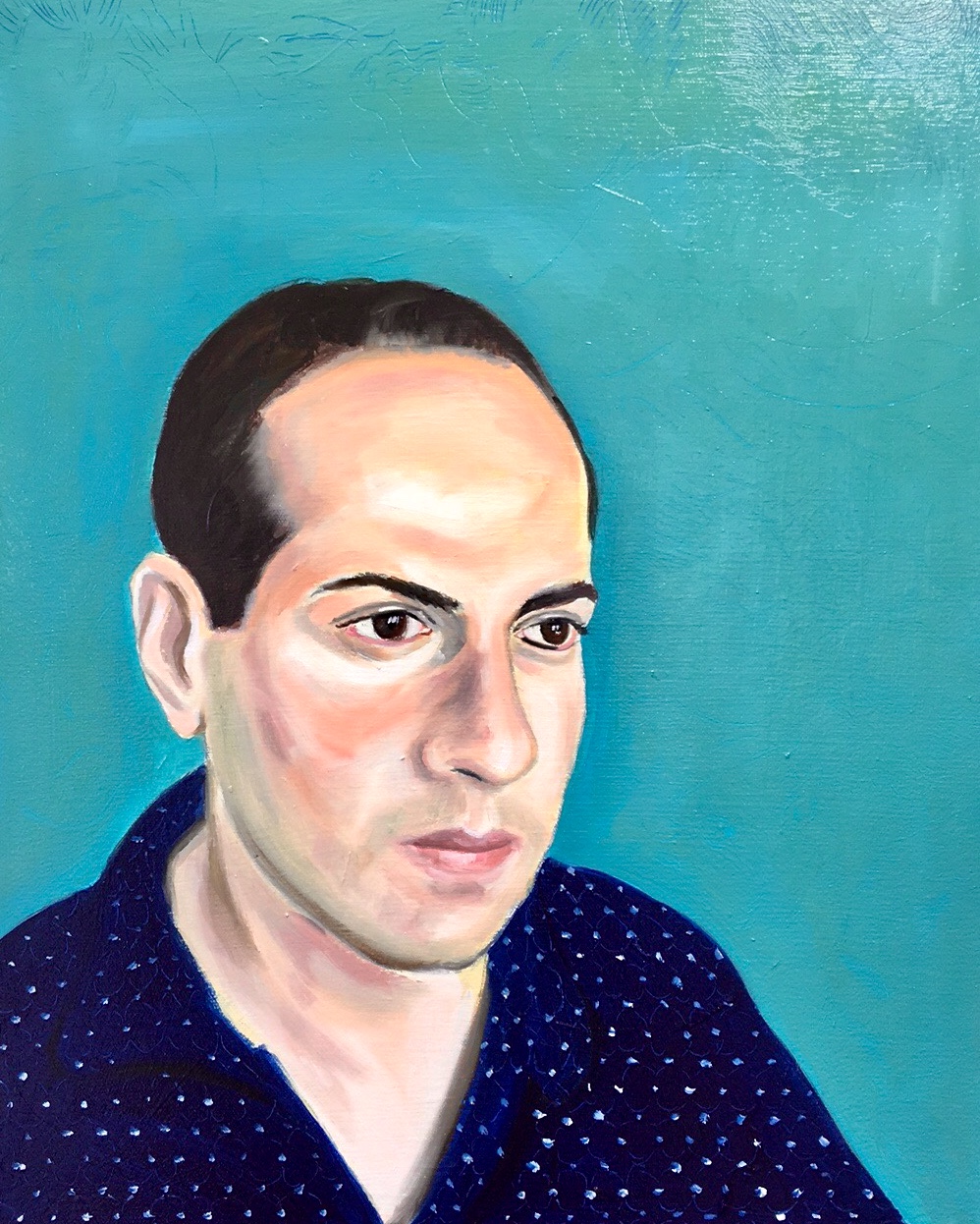‘Find Joy in It' : Kawai Kanjiro's House
- Edward Luper
- Jan 4, 2024
- 2 min read

When you are travelling you can never fully appreciate which are the moments that will leave the deepest impression on you. You have to wait until you look back. Sometimes its the little things you expected least. One thing that left an impression on me was a scroll hanging in the tokonoma of Kawai Kanjiro's (1890-1966) house which had the characters:
樂在其中
Which I can perhaps poorly translate as 'find joy in it' or 'find the joy from within' or simply 'enjoy the moment' or 'find joy from your surroundings'. I found that coming back to London from Japan, this was the message that I felt I needed to learn from most. Naturally, I am something of an overthinker or worrier. It is easy for me to feel anxious about things, or worry about the next step and not enjoy the present. Or sometimes, I'm not satisfied with anything I do, or any result. This scroll I felt had an important but simple lesson on just enjoying things as they are, in the moment.
The phrase actually comes from the Analects and was purportedly stated by Confucius:
飯疏食飲水,曲肱而枕之,樂亦在其中矣。
"Eating simple food and drinking water, using a bent arm as a pillow, joy can also be found in this."
Confucius was allegedly making the point that one does not need wealth and high status to be happy. In the context of the potter, Kawai Kanjiro's home, the phrase took on an artistic message too: to just enjoy what you are creating and not worry about results or the audience's reaction. At least, that is my interpretation.

Kawai Kanjiro's home, from my cramped Londoner's eyes, is something of a fantasy for me: it is a seemingly large and airy traditional Kyoto town house, except it has a large studio for the purpose of creating art, and specially designed rooms for contemplating while looking over the garden, and most exciting of all, a giant climbing kiln (anagama) at the back. There is beauty in the almost empty rooms, the exquisite adjustment of things, the soft warm glow of the light from the paper 'shoji' and shadows of trees left upon it. In sum, it is a house designed to help make art.

Firing from a kiln such as this could last at least 48 hours and consumes over 2,000 bundles of wood, while the temperature reaches to about 1,350 Celsius. One wonders how safe this is amongst the wooden houses of Kyoto!

Kawai was a leading figure in the mingei or Japanese folk art movement, together with Shoji Hamada and Bernard Leach. I confess that before visiting, I knew nothing about him or his work. His pottery may seem deceptively simple and rough, the essence of wabi sabi or flawed beauty. The essence of the mingei movement is that beauty was to be found in ordinary and utilitarian objects made by nameless and unknown craftsmen. In this context, one can understand that the scroll in the tokonoma was meant to convey the finding of joy among simple things as Confucius prescribed.







Comments